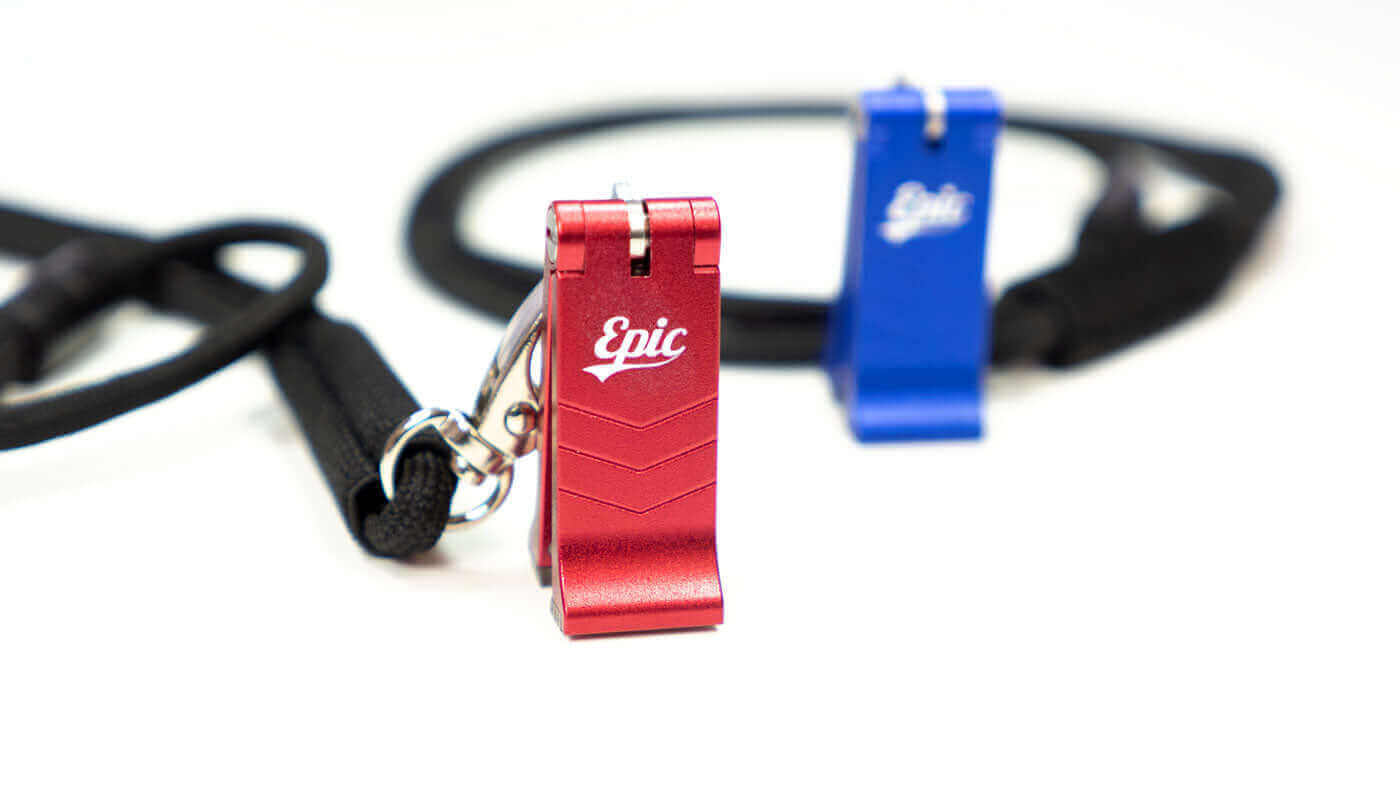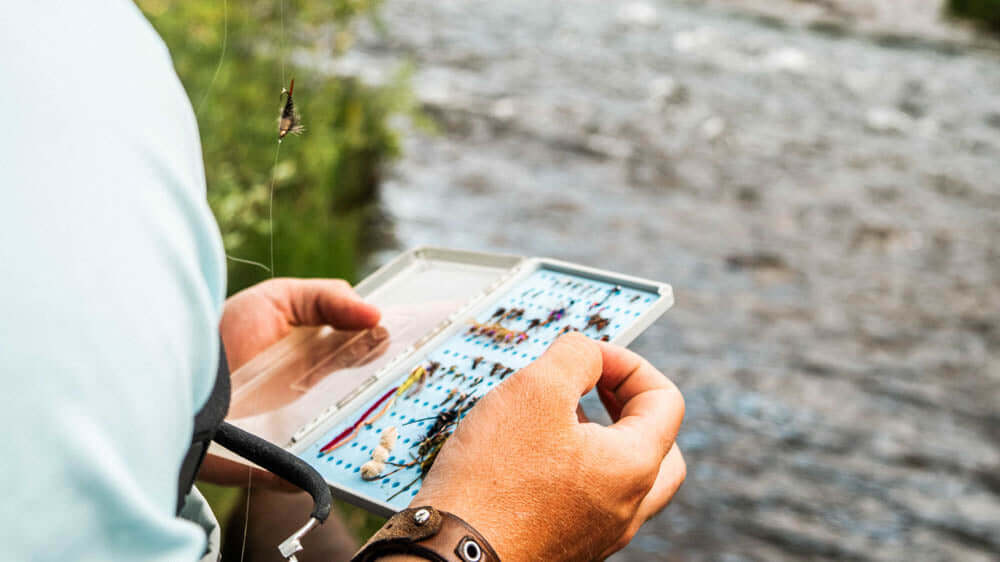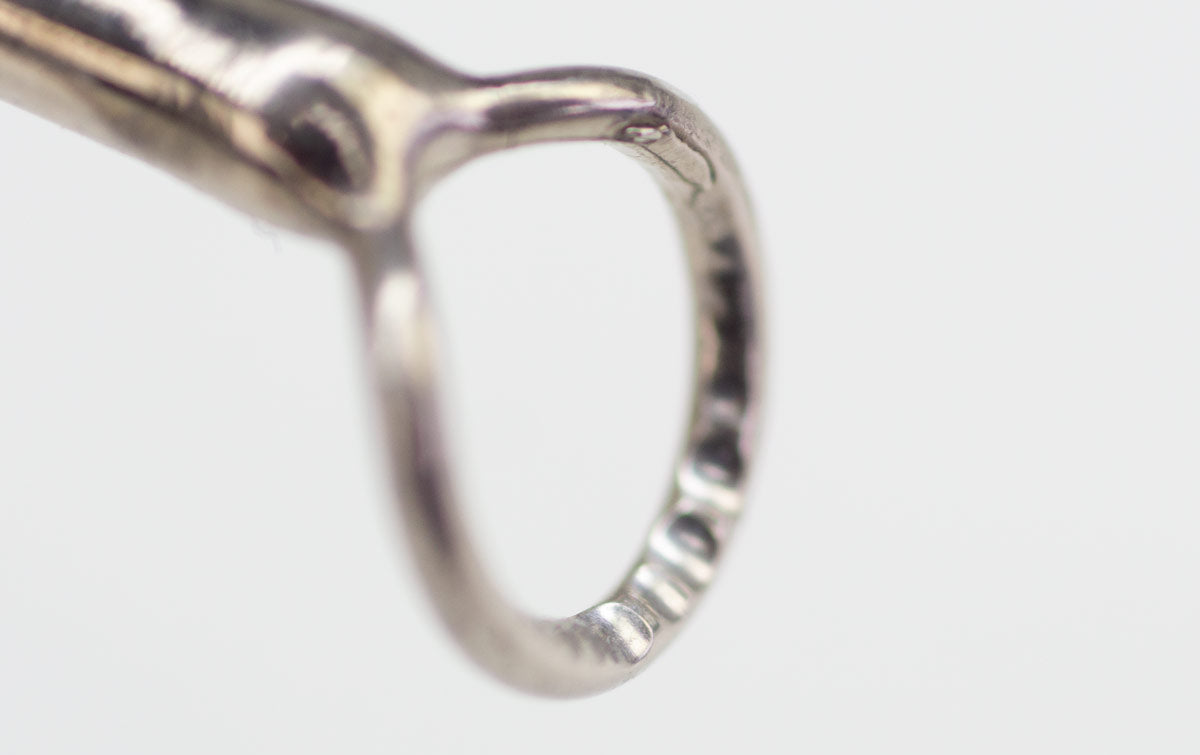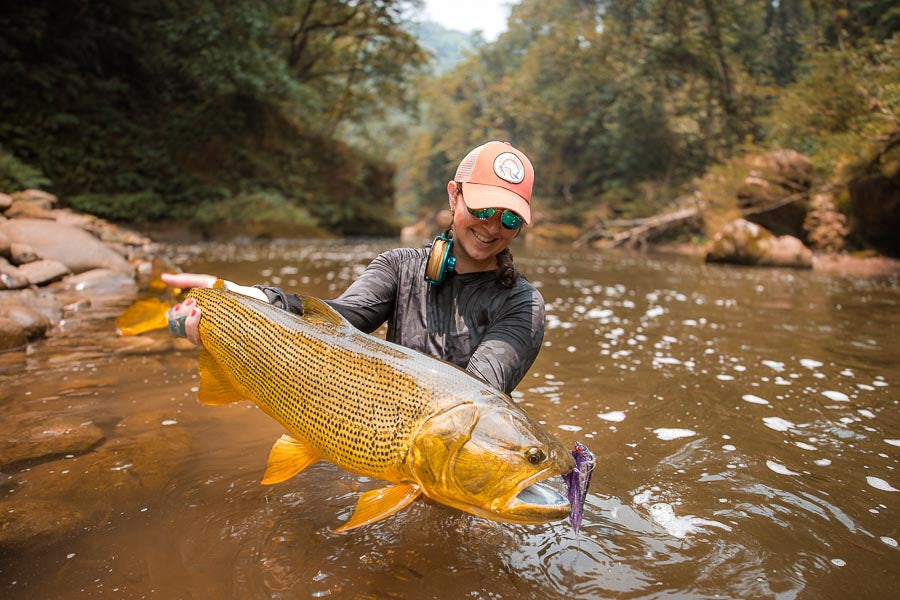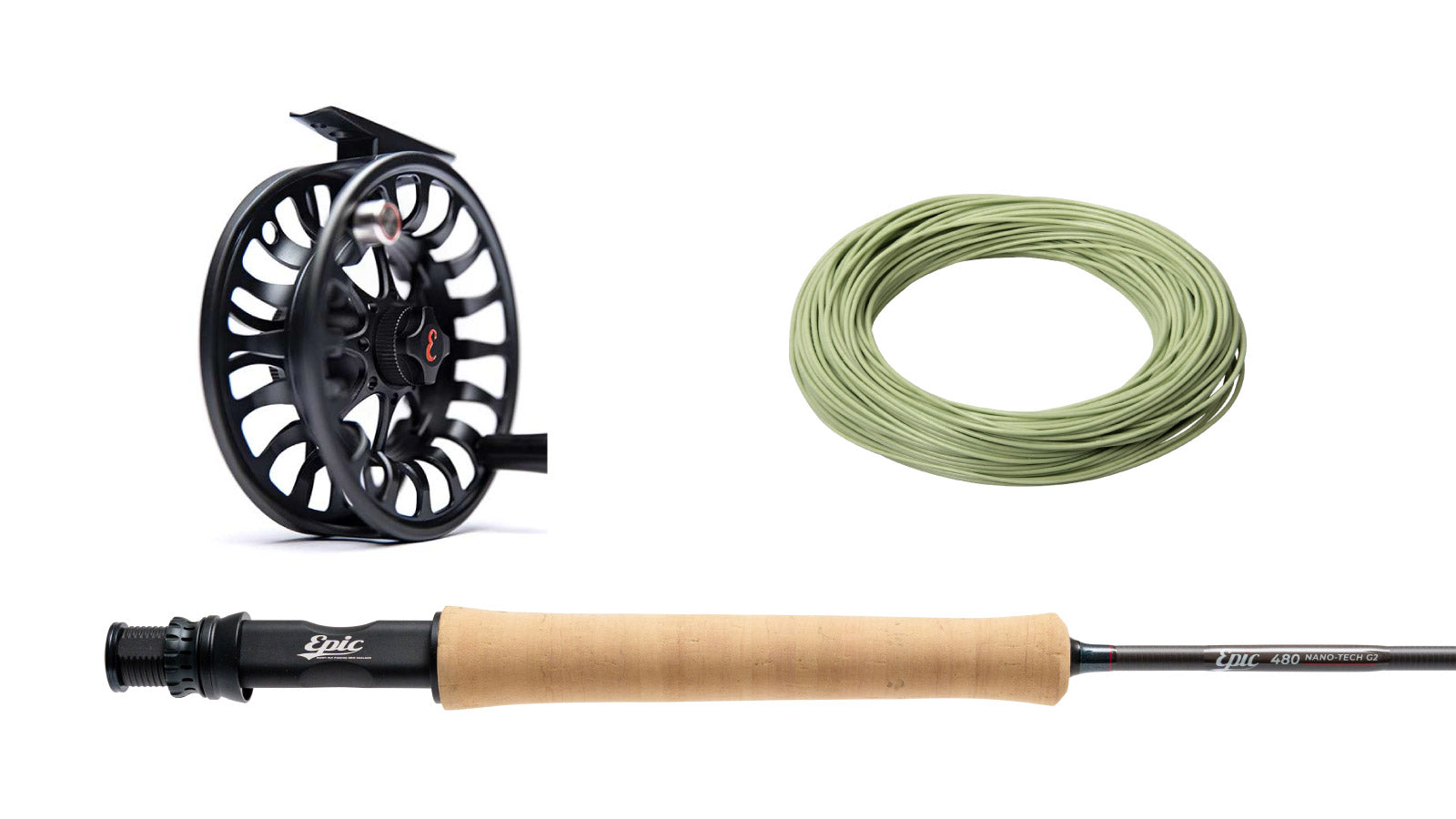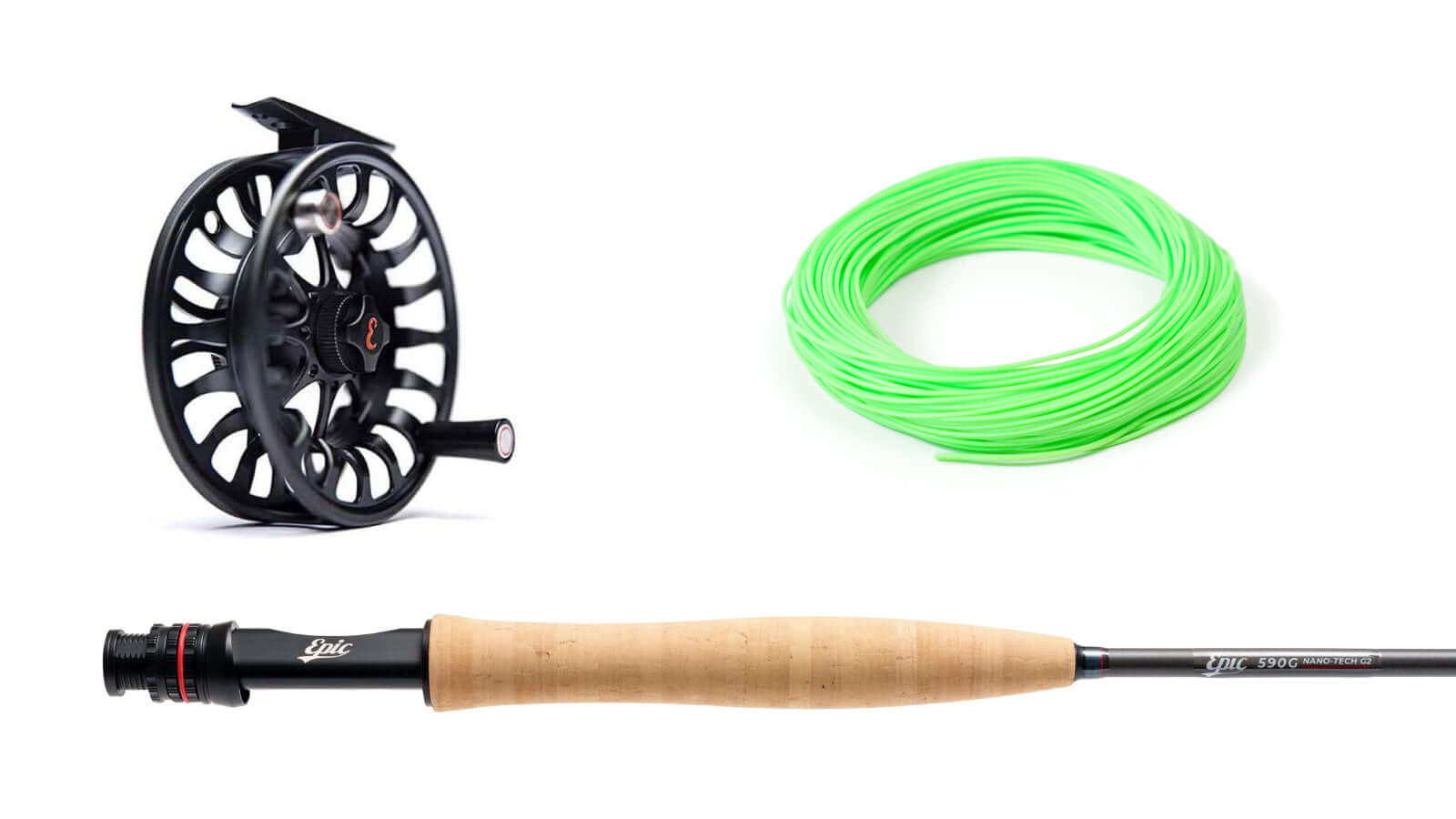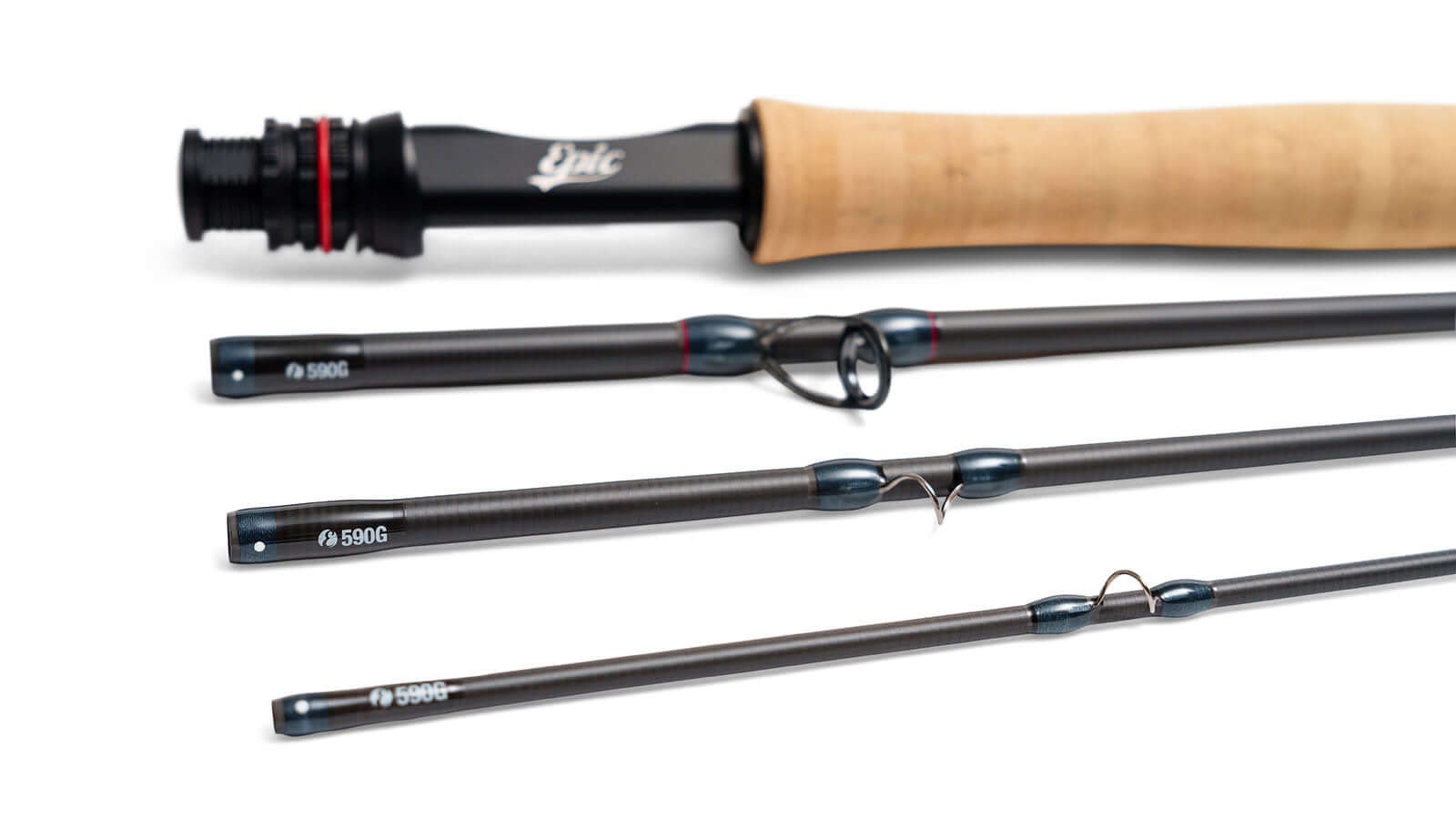Setting up a dropper rig? It's like they say: Different strokes for different folks. The bottom line? Get your fly where it needs to be and make sure those knots hold when you inevitably hook yourself a hog!
In this article Joe Mahler breaks down three popular methods for rigging droppers. So pick your favourite grab your fly rod and go wet a line!
Hook-Bend Dropper
To add a nymph dropper to a dry fly simply take the tippet connected to the dropper and tie it to the bend of the dry-fly hood with your favorite knot. The distance between the dry fly and nymph can range from 4 inches to 3 feet.
This rig shines in shallow water or when larger indicators spook wary fish. Not only is it effective with one or more nymphs (John Barr’s hopper-copper-dropper system uses two nymphs below a buoyant hopper) but it is also effective with two dry flies. Use a larger fly to help you see a smaller one.
Eye-To-Eye Dropper
Many small-fly anglers like to connect their flies to the eyes of the hooks so that the gap is not obstructed by tippet, which many feel decreases the hooking capabilities. Another advantage that many cite is that the nymph rides in the water column differently than if it is connected to the bend of the first fly. Make sure that the lines come off of the sides of the hook’s eye rather than the front.
Blood-Knot Dropper
This is a quick way to build a dropper into your leader. After tying a blood knot, clip only one of the tags, and then attach a nymph to the remaining one. When tying the knot, be sure to use enough tippet material to provide for a sufficiently long tag end (4 to 6 inches is standard).
Author
Joe Mahler is one of the USA's leading fly casting instructors and author and illustrator of “Essential Knots & Rigs for Trout” and “Essential Knots & Rigs for Salt Water”. You can Book a fly casting lesson with Joe via his website here








